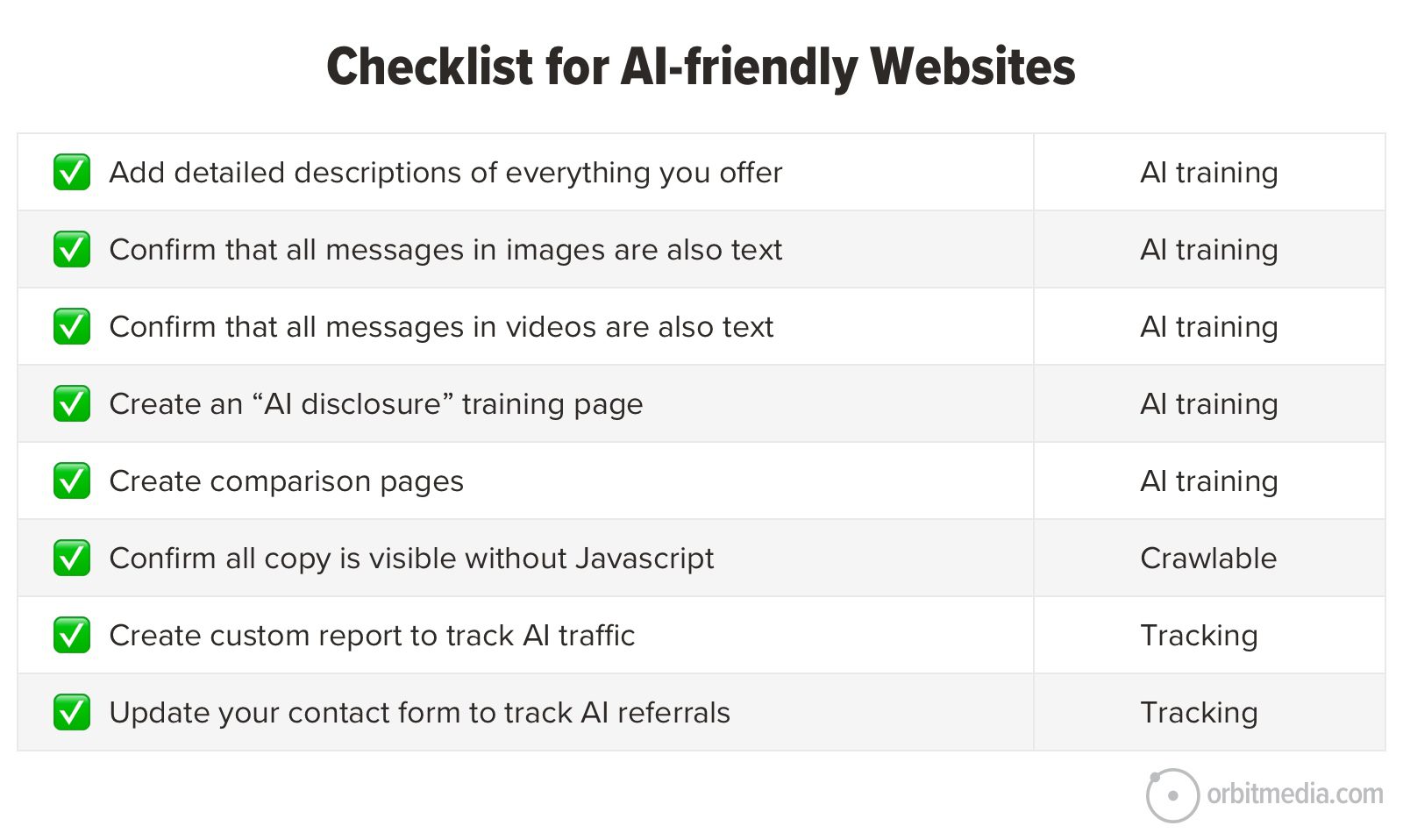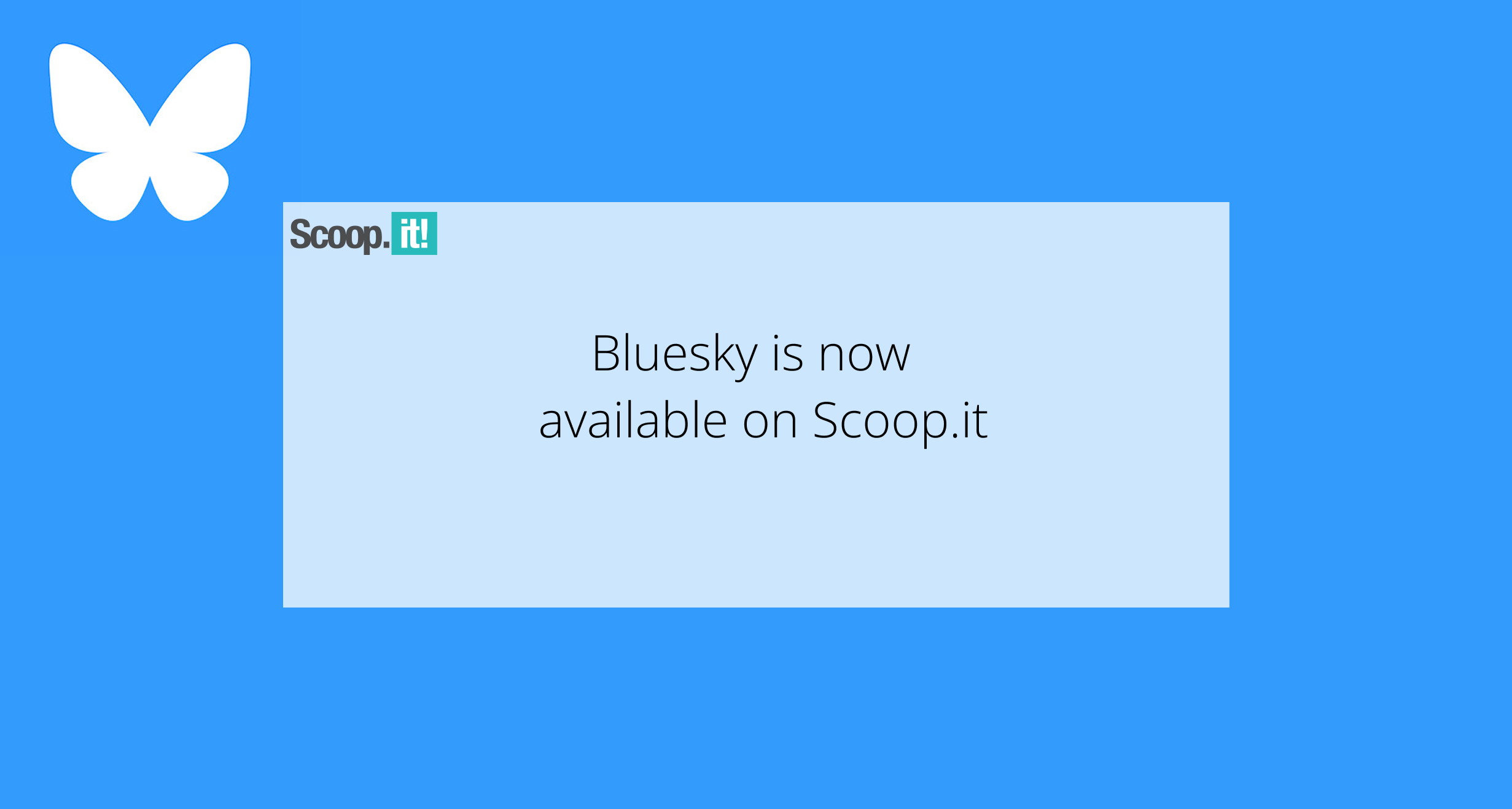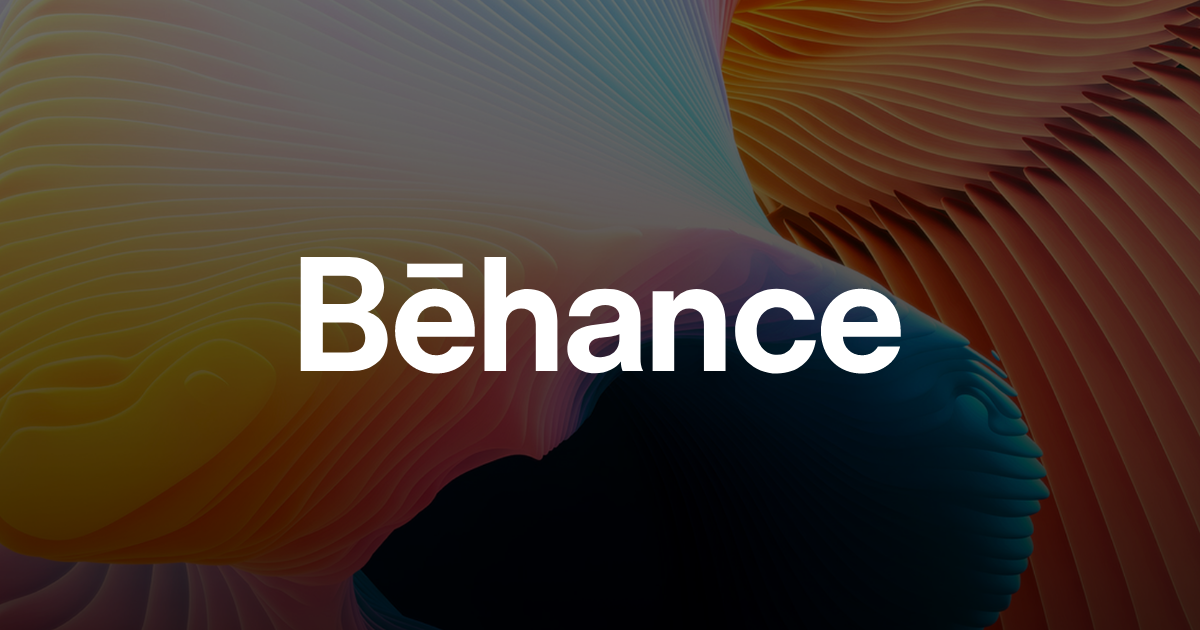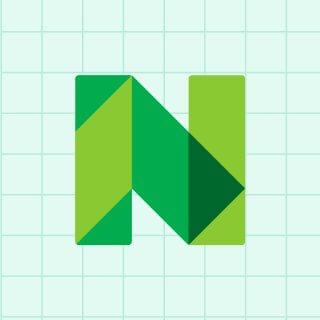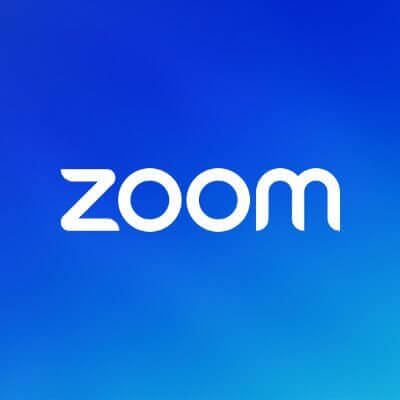Best Practices for Managing Paid Advertising Campaigns
Did you know that 40-60% of digital ad spend is wasted due to inefficiencies and poor management? That’s a staggering figure, especially when every dollar counts. If you’re investing in paid advertising, you want every penny to drive results. How can you avoid throwing money down the drain? With proper campaign management, you can refine […]


Did you know that 40-60% of digital ad spend is wasted due to inefficiencies and poor management? That’s a staggering figure, especially when every dollar counts. If you’re investing in paid advertising, you want every penny to drive results.
How can you avoid throwing money down the drain?
With proper campaign management, you can refine your strategy, reach the right audience, and improve your return on investment.
Quick Takeaways
- Set clear objectives before launching any campaign.
- Know your audience to create messages that resonate.
- Allocate budgets wisely across different channels.
- Monitor performance data and adjust campaigns accordingly.
- Test different ad creatives to optimize engagement and conversions.
1. Define Clear Goals
Jumping into paid advertising without a defined goal is like driving without a destination. Are you trying to increase brand awareness, generate leads, drive website traffic, or boost sales?
Each objective requires a different approach.
For example, a brand awareness campaign might focus on reach and impressions, while a lead generation campaign prioritizes click-through rates and conversions. Without clear objectives, it’s impossible to measure success or refine your strategy.

2. Know Your Audience
You wouldn’t pitch steakhouse coupons to vegetarians, right? Understanding your audience is the foundation of any successful advertising campaign.
Look at demographics, interests, online behavior, and purchase history to create detailed buyer personas. Platforms like Google Ads, Facebook Ads, and LinkedIn Ads offer audience targeting tools that help refine your approach.
If your audience research is weak, even the best-designed ads won’t convert.
3. Choose the Right Advertising Channels
Not all platforms are created equal. Different advertising channels work better for different industries and goals.
- Google Ads – Great for search intent-based targeting (e.g., people actively looking for your product or service).
- Facebook & Instagram Ads – Ideal for brand awareness and visual storytelling.
- LinkedIn Ads – Best for B2B marketing and professional targeting.
- TikTok & YouTube Ads – Perfect for video-driven campaigns targeting younger audiences.
If your goal is B2B lead generation, pouring money into TikTok ads might not make sense. Understanding where your audience spends time ensures better ad placement and higher ROI.
Here’s a quick look at social media as spend over the years ($332.2 BILLION in 2025):

4. Allocate Your Budget Wisely
Spreading your budget too thin across multiple platforms often leads to wasted ad spend. Instead, focus on high-performing channels and optimize based on data.
A good rule of thumb: Start small, test, and scale.
Let’s say you have $5,000 to spend on advertising. Rather than dividing it equally across five platforms, invest $1,000 in testing. Analyze performance, identify what works, and allocate the remaining budget accordingly.
5. Write Compelling Ad Copy
Your ad copy needs to grab attention, spark curiosity, and drive action. But there’s a catch—you only have seconds to make an impact.
What works?
 Short, punchy headlines.
Short, punchy headlines.
 Clear value propositions.
Clear value propositions.
 Emotional triggers (urgency, exclusivity, or problem-solving).
Emotional triggers (urgency, exclusivity, or problem-solving).
 Strong calls to action (e.g., “Get Your Free Trial Now”).
Strong calls to action (e.g., “Get Your Free Trial Now”).
What doesn’t work?
✘ Generic, sales-heavy language.
✘ Vague messaging (e.g., “We’re the best in the business”).
✘ Too much text—keep it concise and impactful.
6. Optimize Landing Pages
Your ad is only half the battle. The landing page must deliver on the ad’s promise. If it’s slow, confusing, or lacks a clear call-to-action (CTA), you’ll lose potential customers.
A well-optimized landing page should:
- Match the messaging in the ad.
- Load in under three seconds (slow pages kill conversions).
- Have a clear, action-driven CTA.
- Use minimal distractions (remove unnecessary links or clutter).
Quick Tip: Companies with dedicated landing pages for ads see up to 55% higher conversion rates than those that send traffic to their homepage.
7. Monitor & Adjust Campaigns in Real-Time
One of the biggest mistakes advertisers make is setting up a campaign and forgetting about it. Paid ads require constant monitoring and adjustments.
Use tools like:
 Google Analytics – Tracks website traffic and conversions.
Google Analytics – Tracks website traffic and conversions.
 Facebook Ads Manager – Provides engagement and conversion insights.
Facebook Ads Manager – Provides engagement and conversion insights.
 Google Ads Dashboard – Helps adjust bids, audience targeting, and ad placements.
Google Ads Dashboard – Helps adjust bids, audience targeting, and ad placements.
If a campaign isn’t performing, tweak elements like:
- Ad copy (does the message resonate?)
- Targeting settings (are you reaching the right audience?)
- Bidding strategy (are you overpaying for clicks?)
A small adjustment can lead to big performance improvements.
8. A/B Test Everything
Assumptions don’t drive success—data does. The best way to improve ad performance is through A/B testing.
Test one element at a time:
- Headline Variations – Does “Limited-Time Offer” perform better than “50% Off Today”?
- CTA Buttons – Does “Get Started” convert more than “Sign Up Now”?
- Ad Formats – Do video ads outperform static images?
Even small tweaks can increase conversions and reduce ad spend.
9. Understand the Balance Between Brand & Performance Marketing
Performance marketing drives immediate results, but brand marketing builds long-term trust.
A report found that companies combining brand and performance advertising saw a 90% higher ROI (source).
If you only focus on short-term conversions, you risk neglecting long-term brand recognition. A strong brand presence makes future advertising campaigns more effective and cost-efficient.
10. Stay Ahead of Industry Trends
The digital advertising landscape changes rapidly. New platform features, algorithm updates, and shifting consumer behavior can impact campaign performance.
Stay ahead by:
 Following industry news (Google, Meta, and TikTok update their algorithms frequently).
Following industry news (Google, Meta, and TikTok update their algorithms frequently).
 Learning from case studies and competitor strategies.
Learning from case studies and competitor strategies.
 Experimenting with emerging ad formats (e.g., AI-driven targeting, voice search ads).
Experimenting with emerging ad formats (e.g., AI-driven targeting, voice search ads).
Brands that adapt quickly maintain a competitive edge.
Manage Your Paid Advertising Campaigns Like a Pro
Paid advertising isn’t just about spending money to get clicks—it’s about strategic campaign management. When done right, it can generate consistent leads, sales, and brand growth.
Managing paid advertising campaigns requires effort, but with the right approach, you can maximize results and avoid wasted spend.
If you need assistance with creating paid media ads that actually convert, Marketing Insider Group is thrilled to help you. Choose from three content marketing packages we made specifically for businesses like yours. To chat with us, book a FREE demo via Zoom call here.




















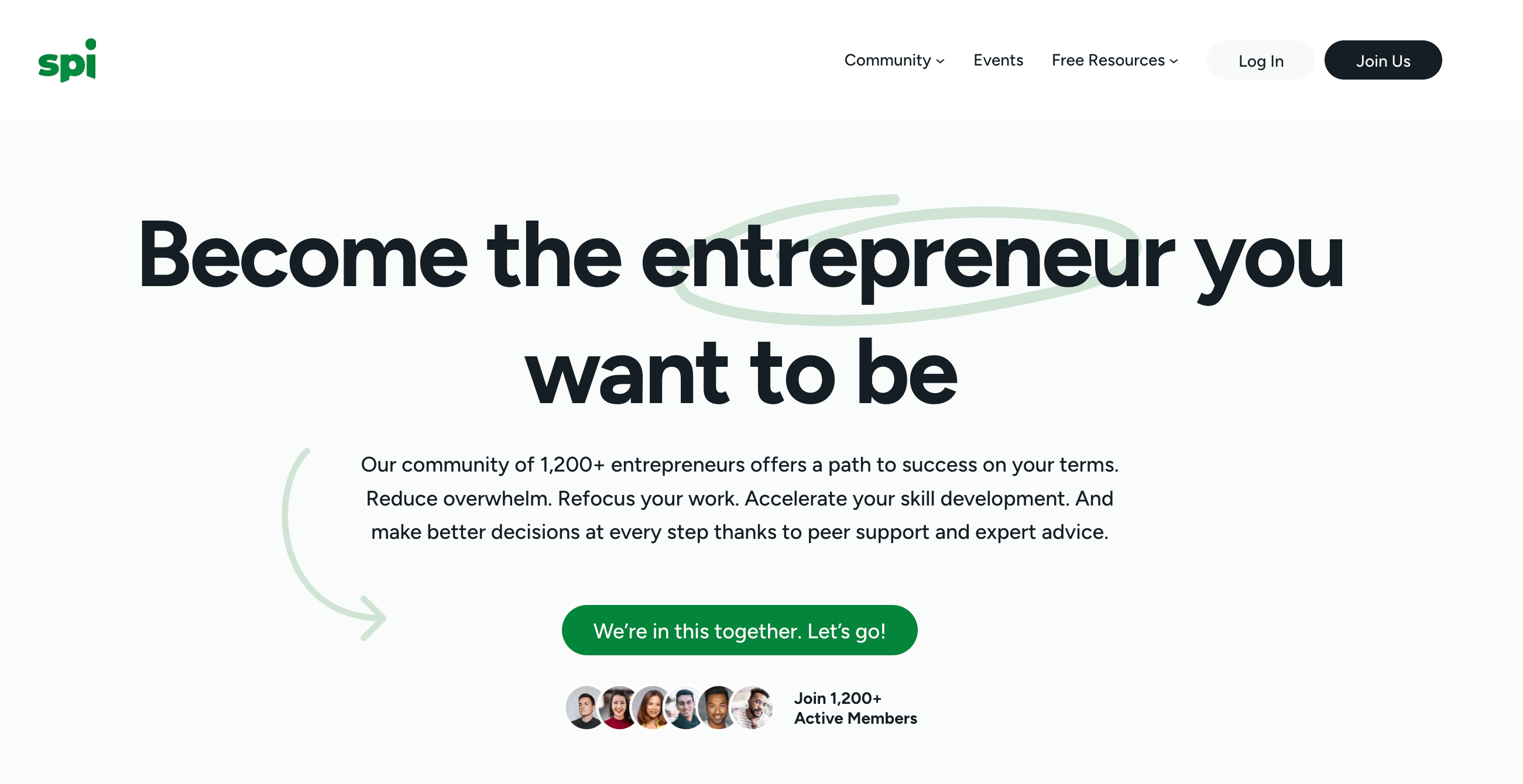






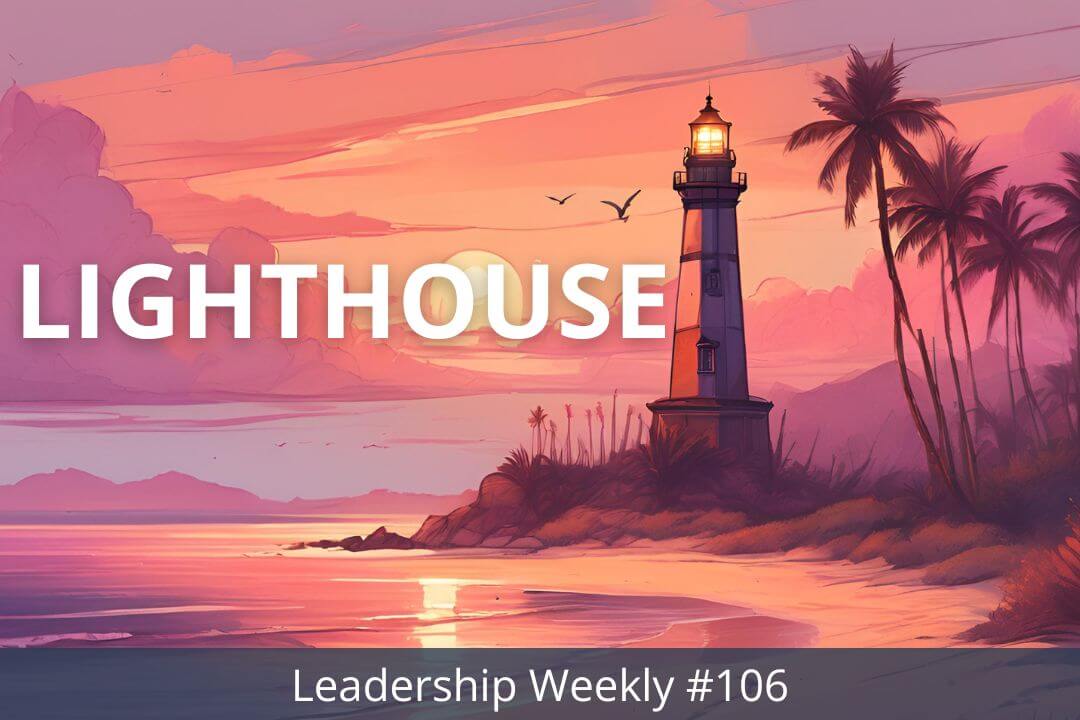












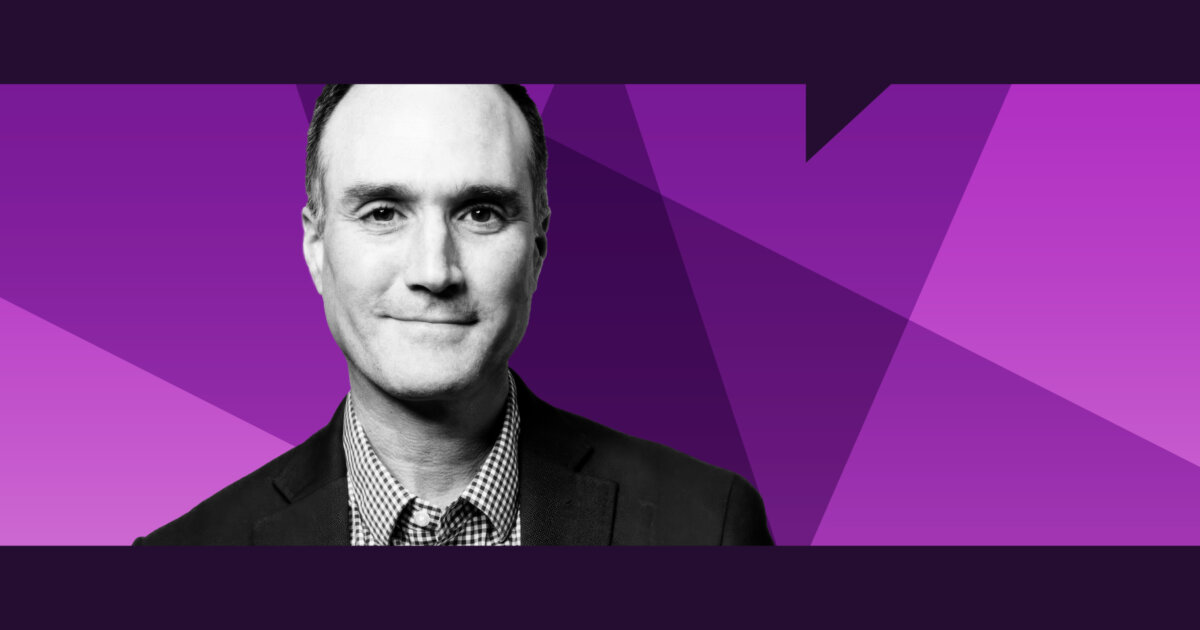




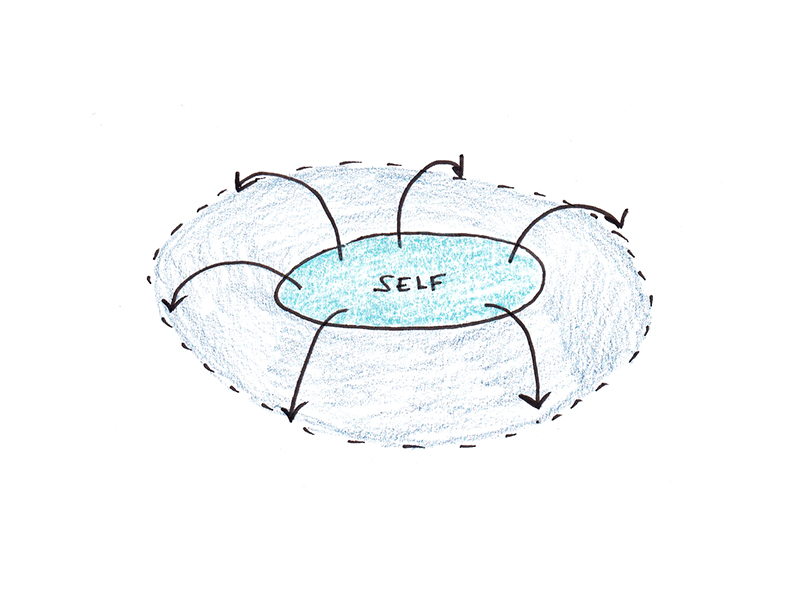
















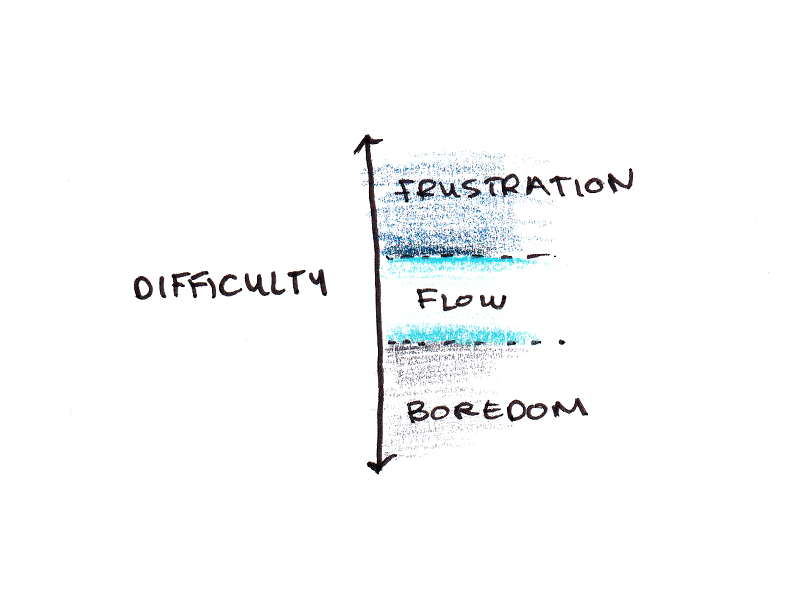

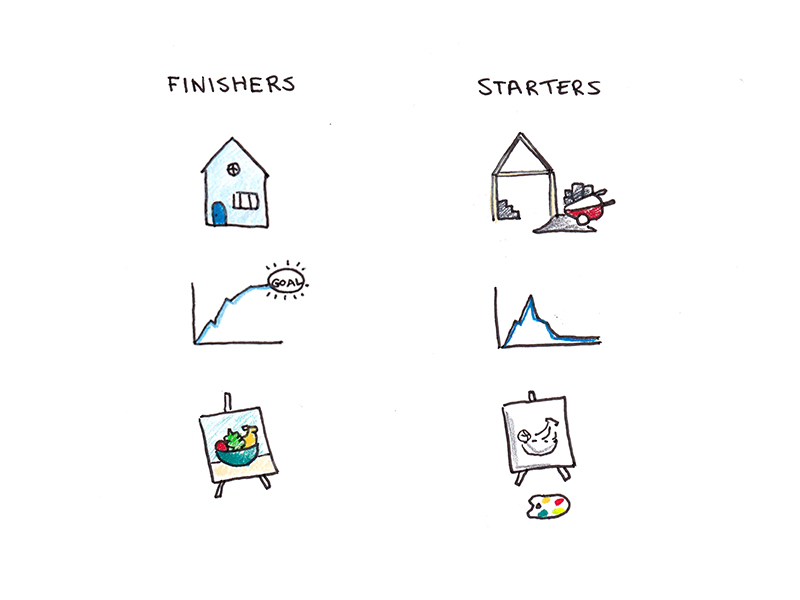

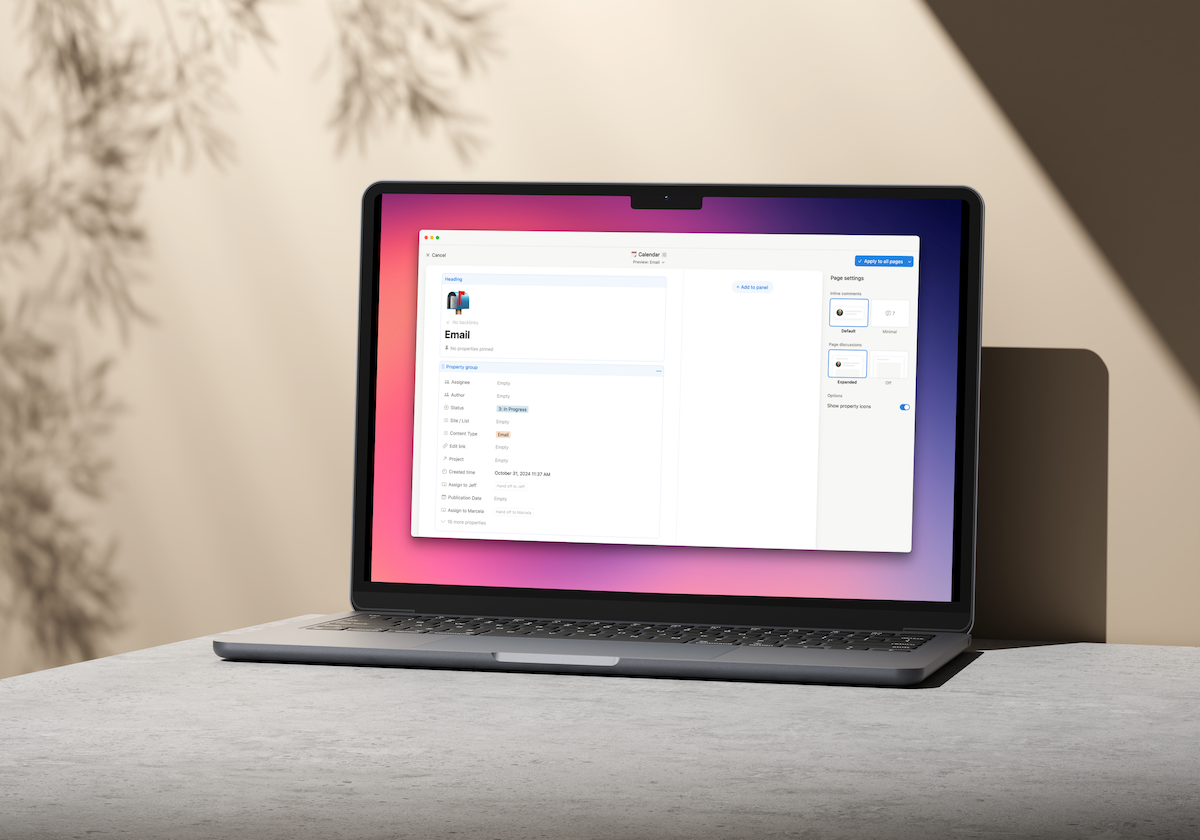
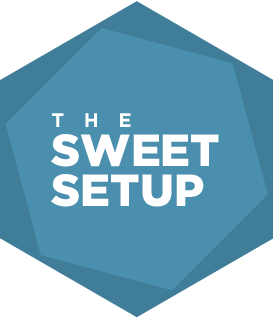










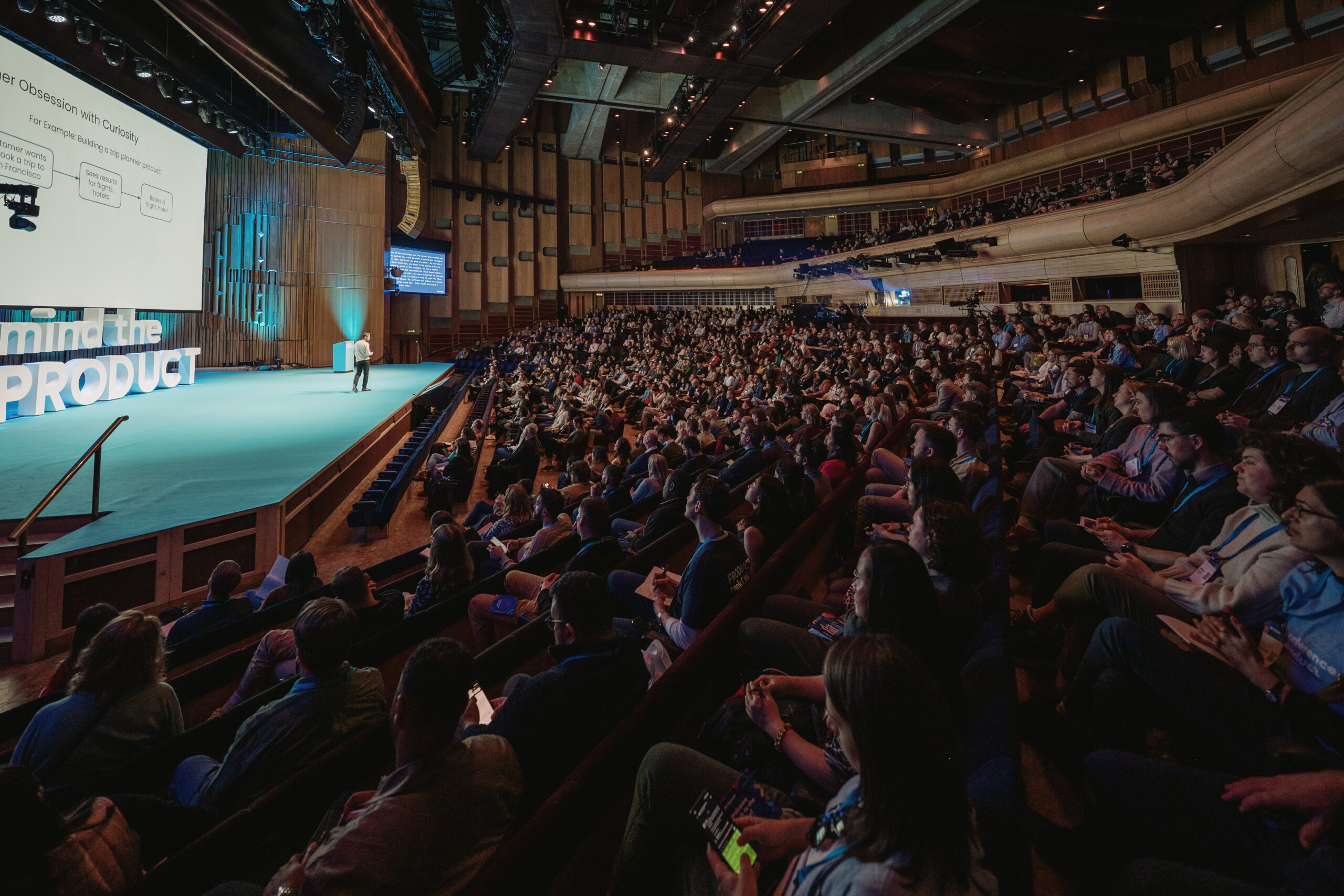

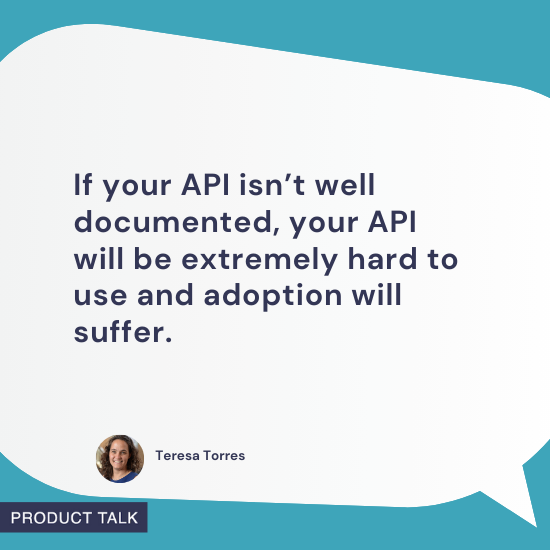
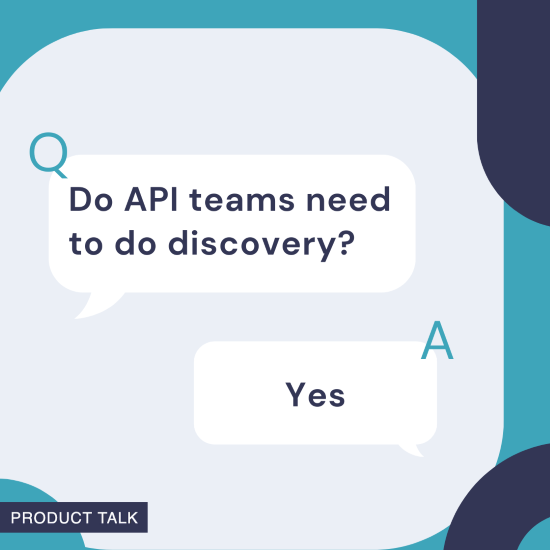
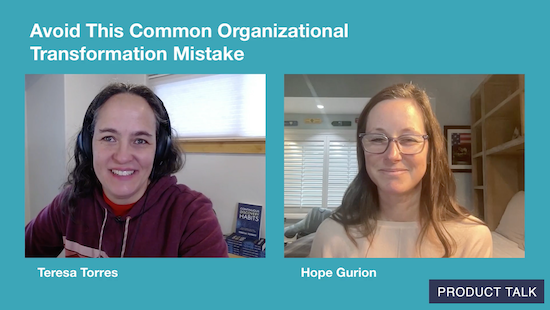
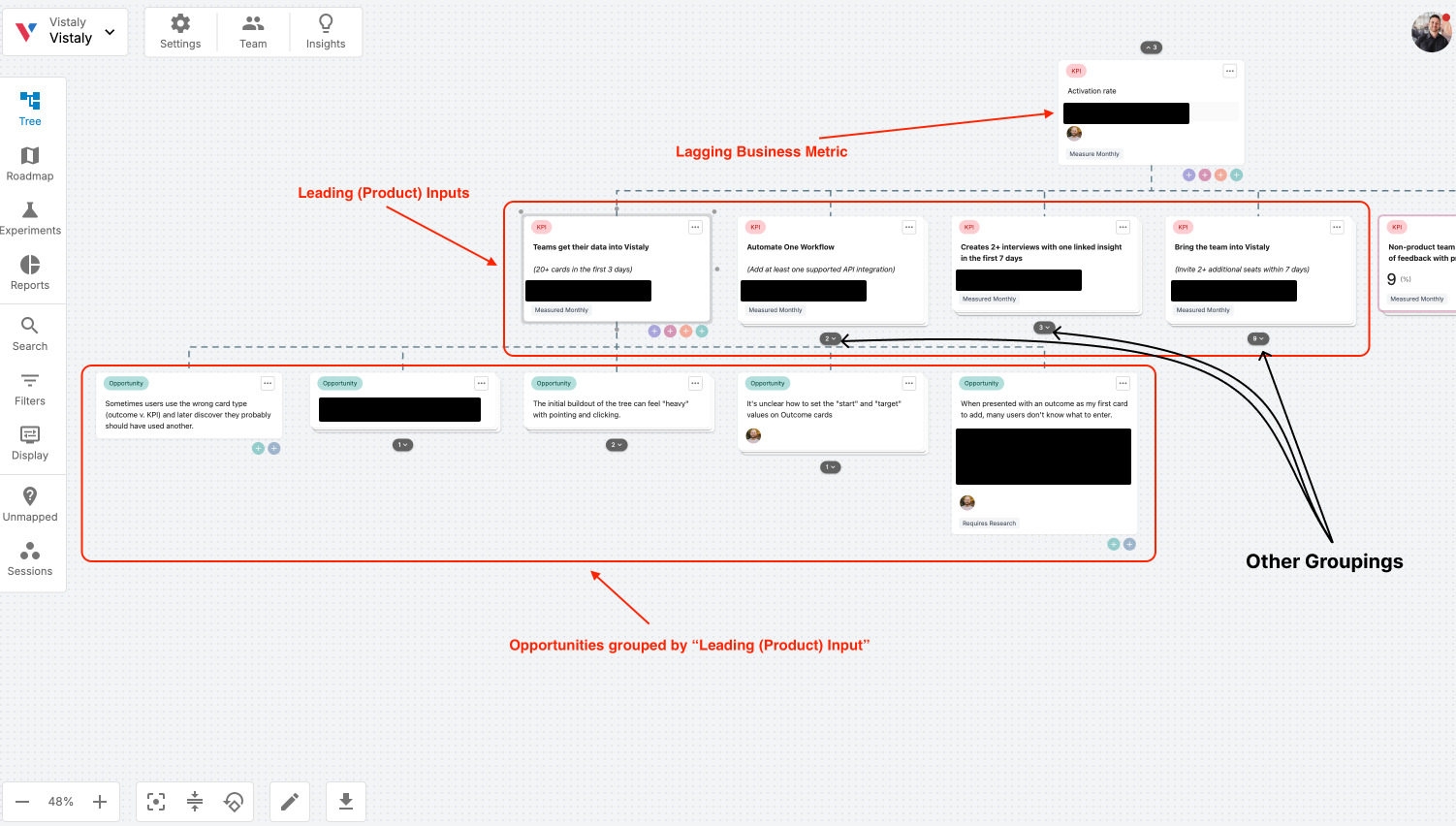
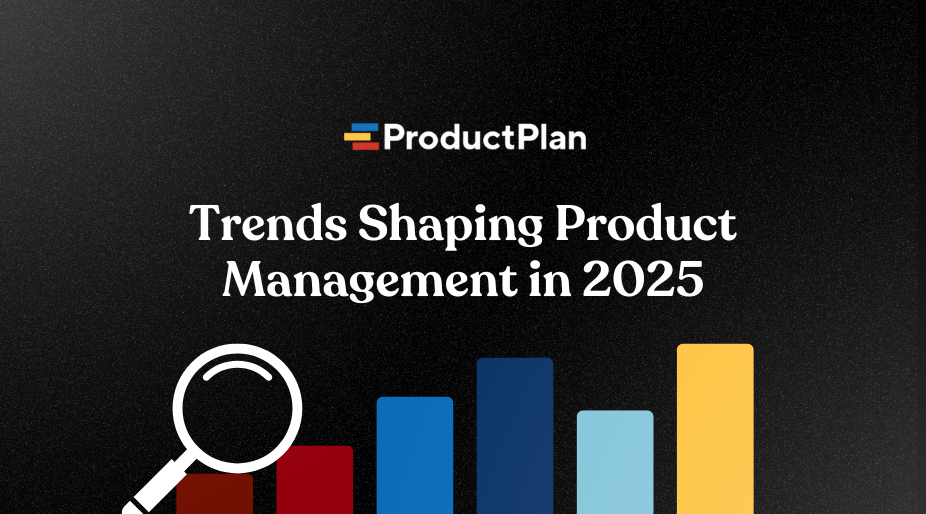


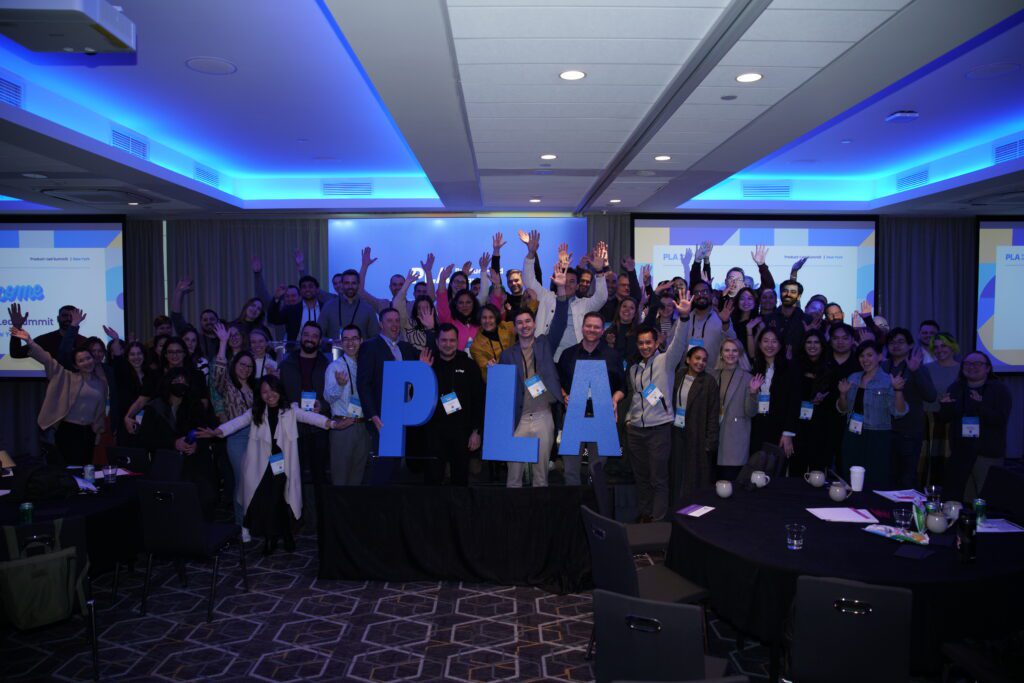









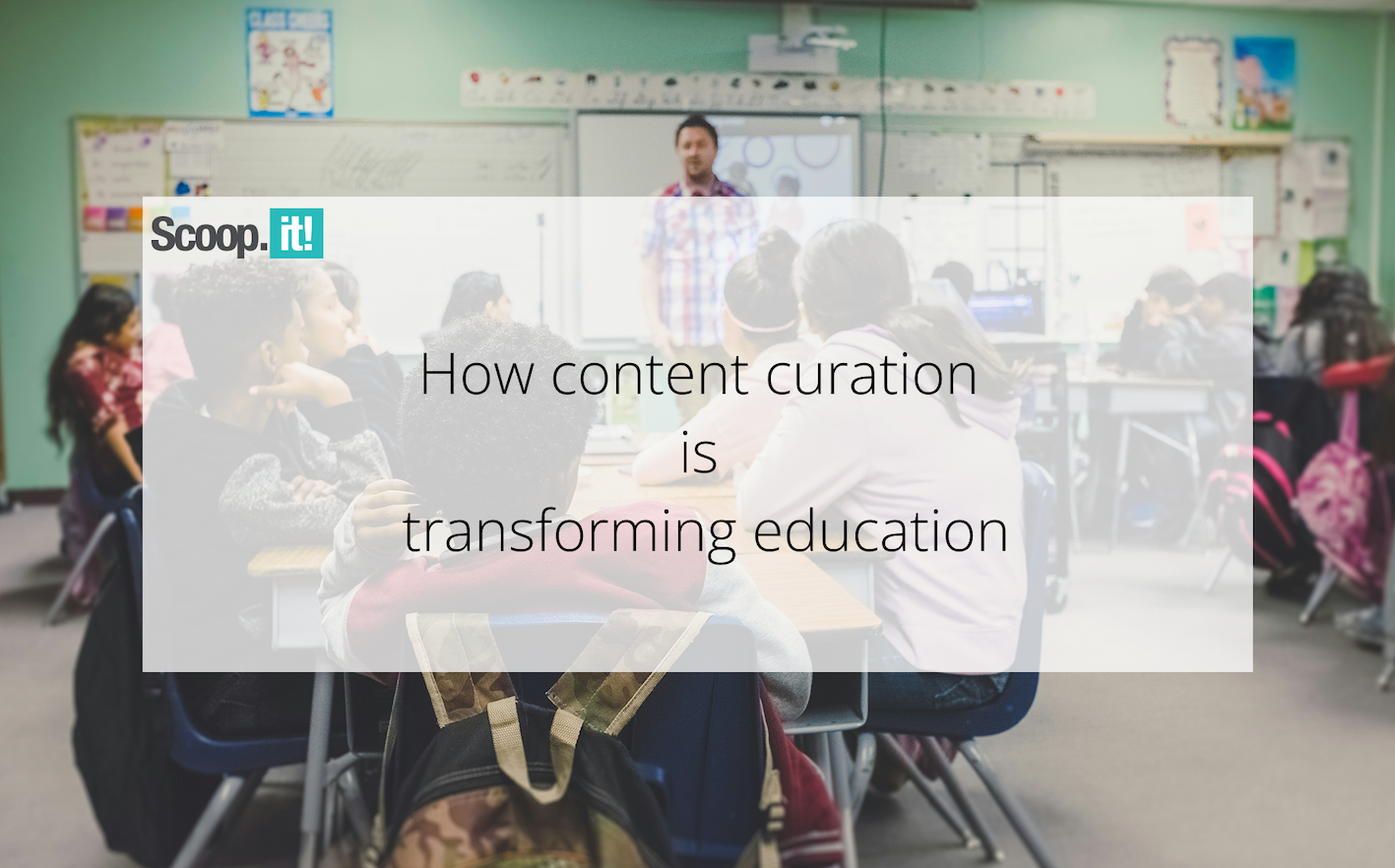
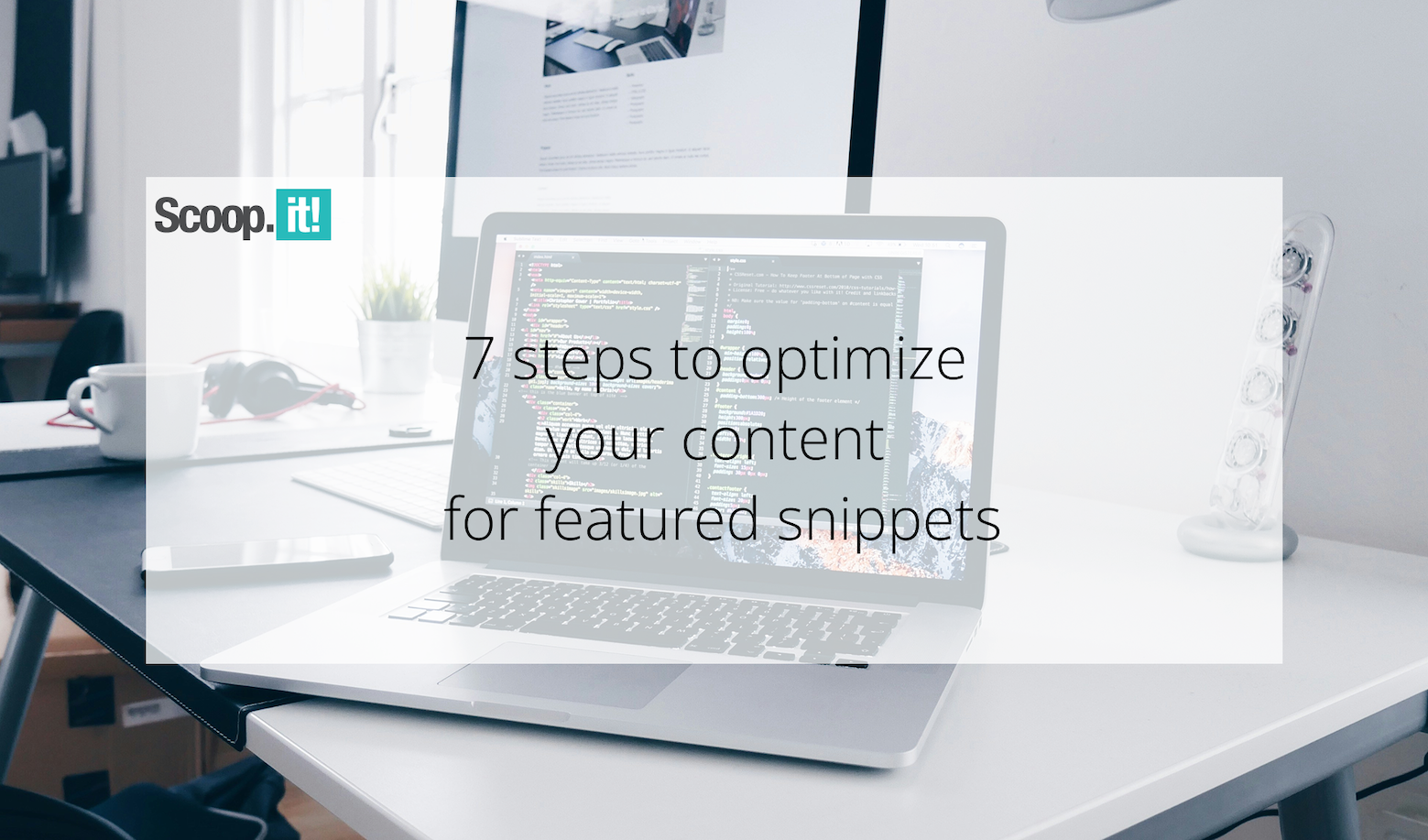
![Building A Digital PR Strategy: 10 Essential Steps for Beginners [With Examples]](https://buzzsumo.com/wp-content/uploads/2023/09/Building-A-Digital-PR-Strategy-10-Essential-Steps-for-Beginners-With-Examples-bblog-masthead.jpg)
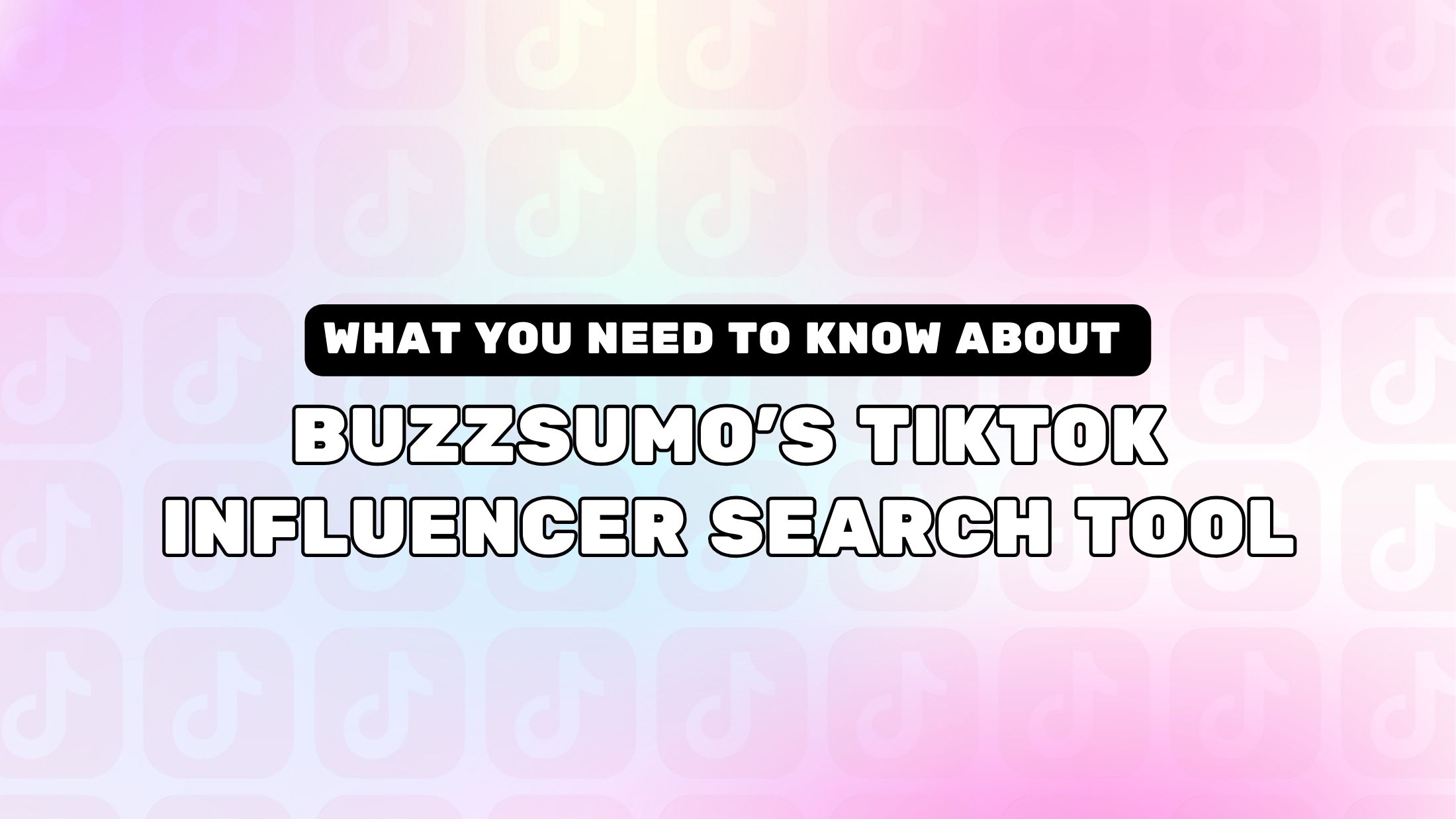
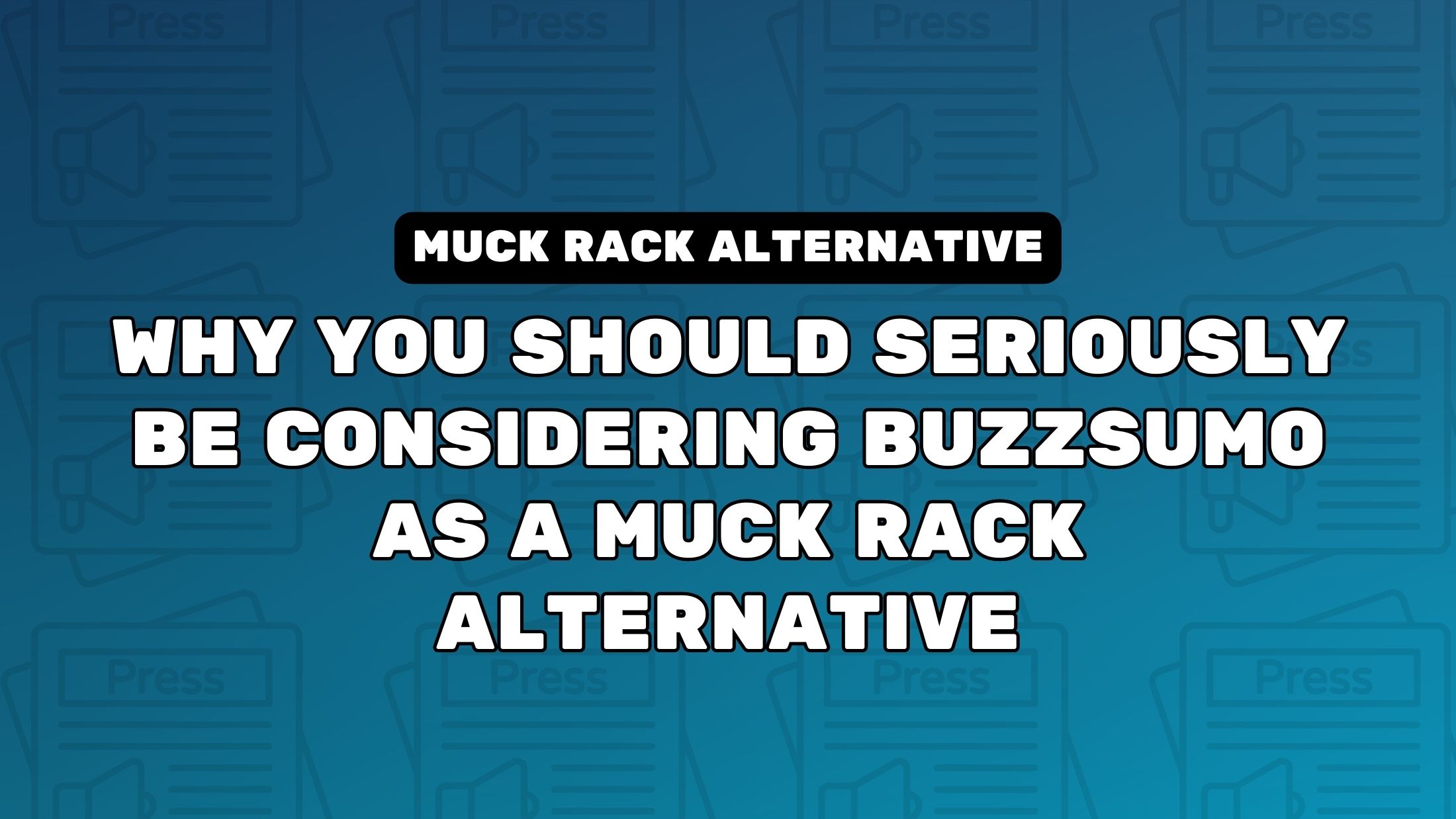
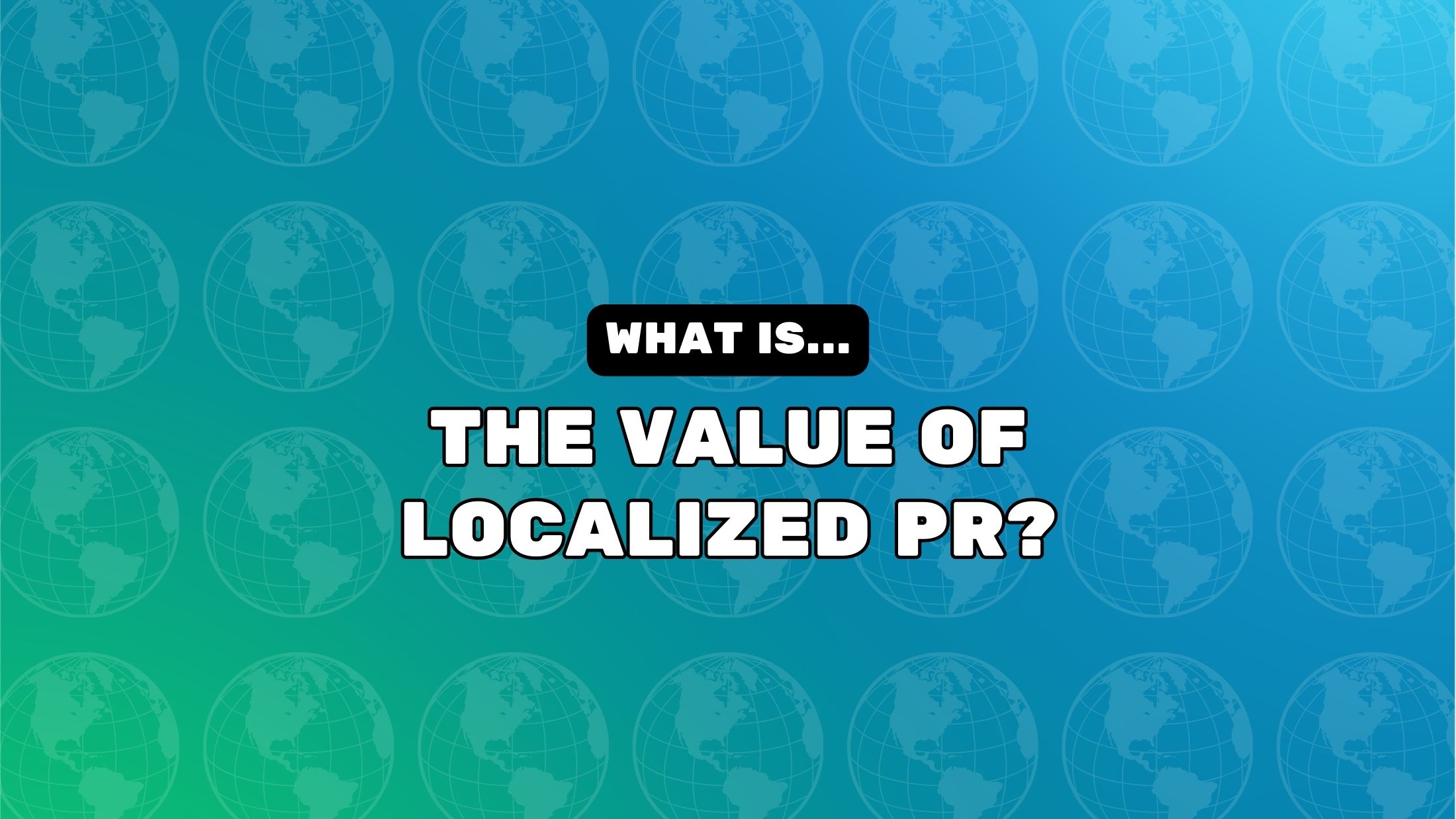


![How One Brand Solved the Marketing Attribution Puzzle [Video]](https://contentmarketinginstitute.com/wp-content/uploads/2025/03/marketing-attribution-model-600x338.png?#)




